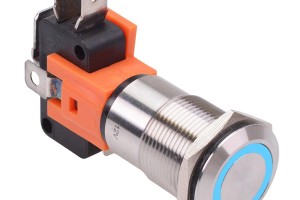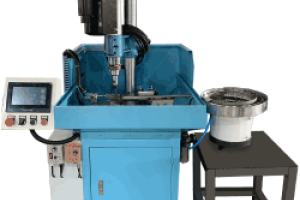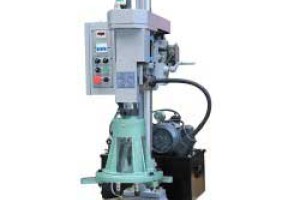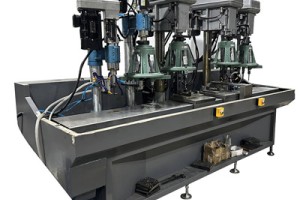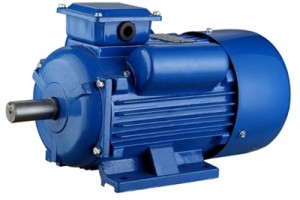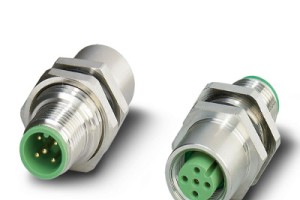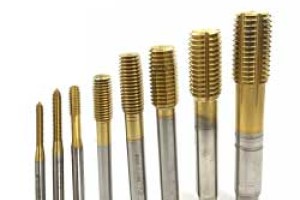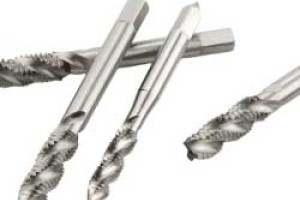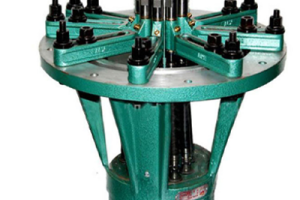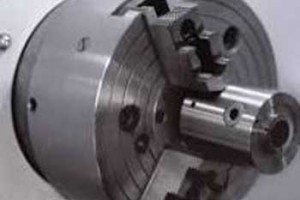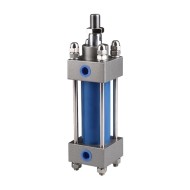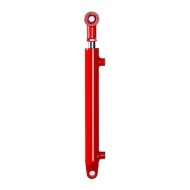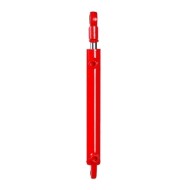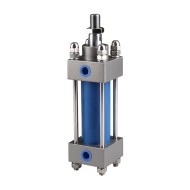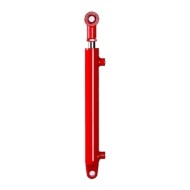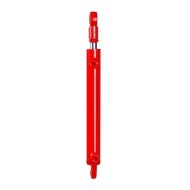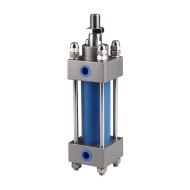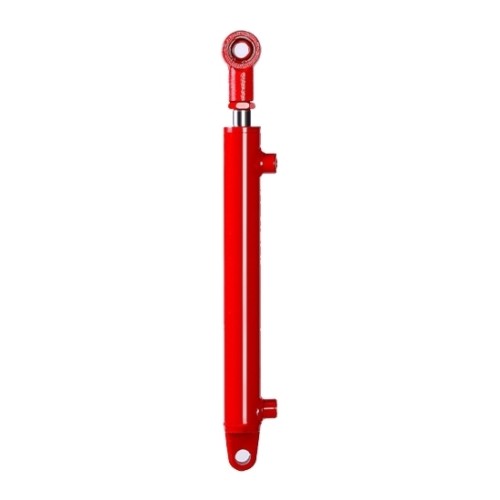
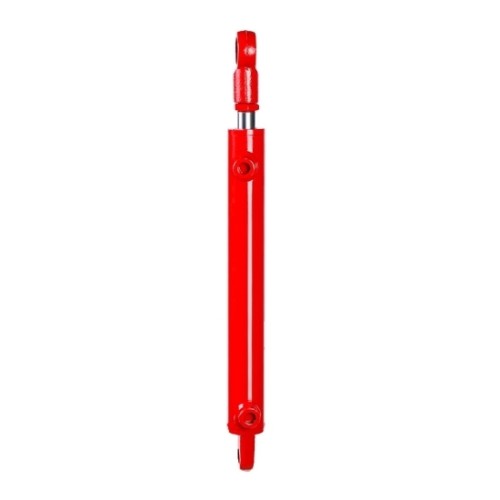
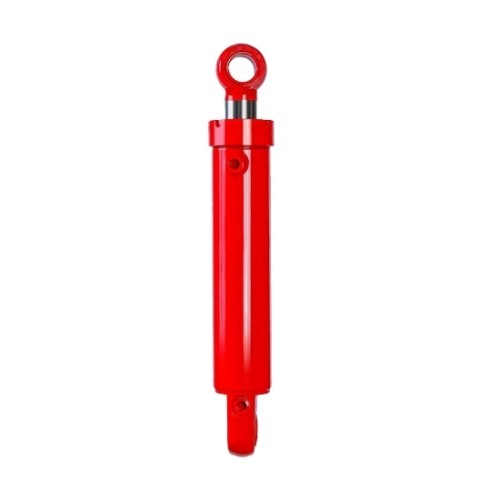
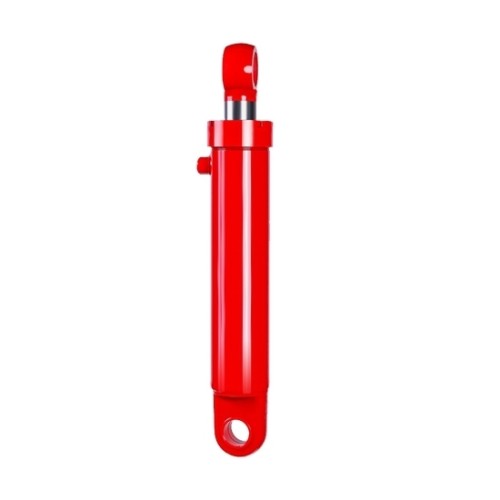
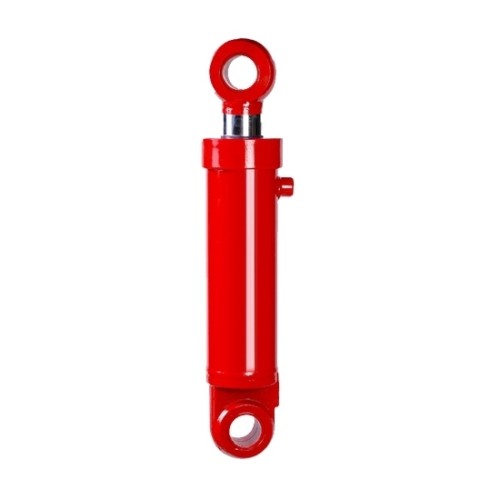
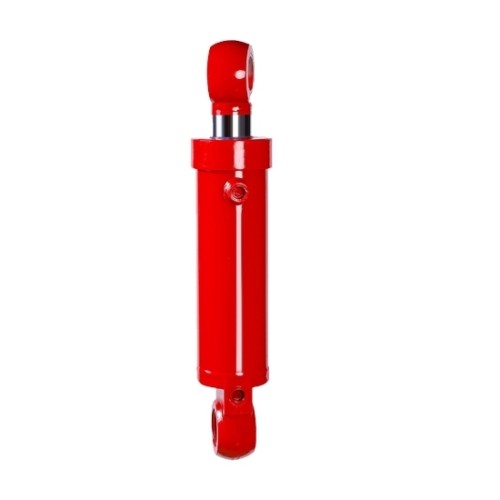






- Stock: In Stock
- Model: SCJ009756
- SKU: SCJ009756
Available Options
Ask a Question About This Product
- Description
Brief
Description
Double acting welded hydraulic cylinder is a type of hydraulic cylinder used in various hydraulic systems to provide linear motion. Hydraulic cylinders are essential components in many industrial and mobile applications, such as mini excavators, robots, log splitters, dump trucks, press machine and dump trailers.
Specification
| Model | SCJ009756 | SOCOJE-HSG50300 | SOCOJE-HSG63300 | SOCOJE-HSG80300 | SOCOJE-HSG100300 |
| Acting Type | Double Acting | ||||
| Stroke | 12 inch (300mm) | ||||
| Rated Pressure | 16Mpa | ||||
| Installation | Double Ear Welding Type | ||||
| Speed Ratio | 1:3 | ||||
| Bore Diameter | φ40mm | φ50mm | φ63mm | φ80mm | φ100mm |
| Load Capacity | 2 Ton | 3 Ton | 5 Ton | 8 Ton | 12 Ton |
| Rated Push Force | 30772N (3 Ton) | 30772N (3 Ton) | 49850N (5 Ton) | 80384N (8 Ton) | 80384N (8 Ton) |
| Rated Pull Force | 21121N (2 Ton) | 21121N (2 Ton) | 31681N (3 Ton) | 48984N (5 Ton) | 49014N (5 Ton) |
| Oil Port | 18*1.5 | 18*1.5 | 18*1.5 | 18*1.5 | 22*1.5 |
Note: If you need to customize welded hydraulic cylinders of other sizes, including bore diameter, stroke, etc., please feel free to contact us.
Dimension (Unit: mm)
SCJ009756
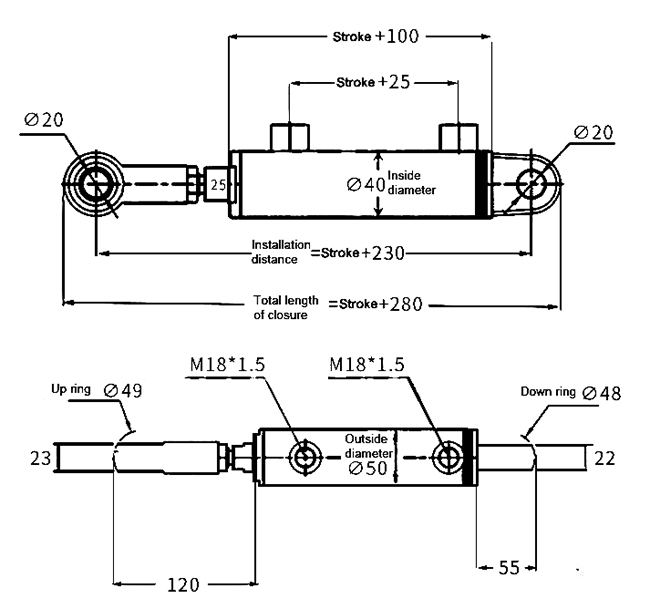
SOCOJE-HSG50300
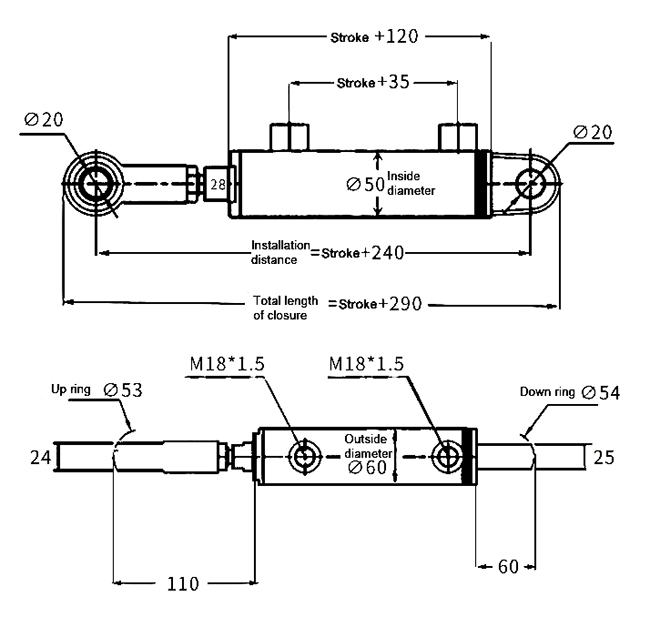
SOCOJE-HSG63300
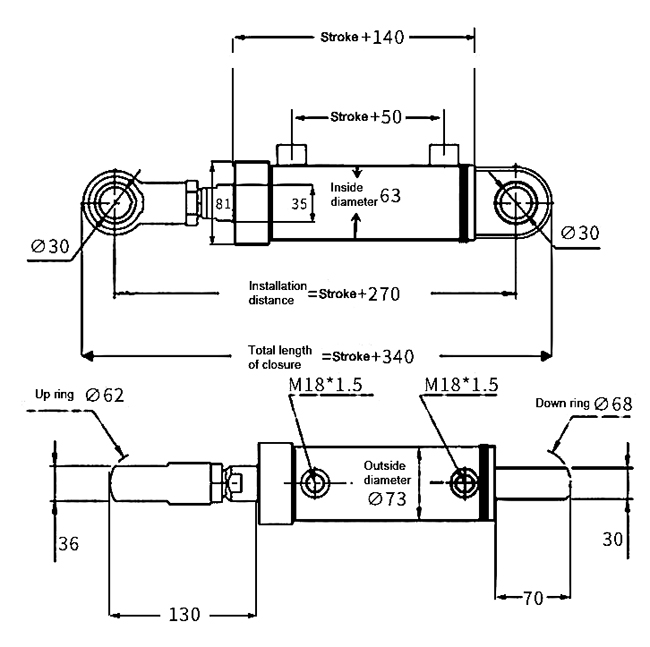
SOCOJE-HSG80300
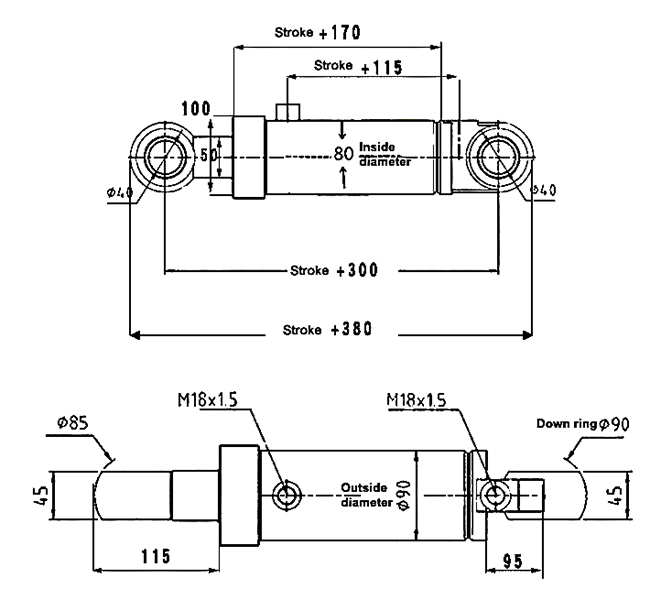
SOCOJE-HSG100300
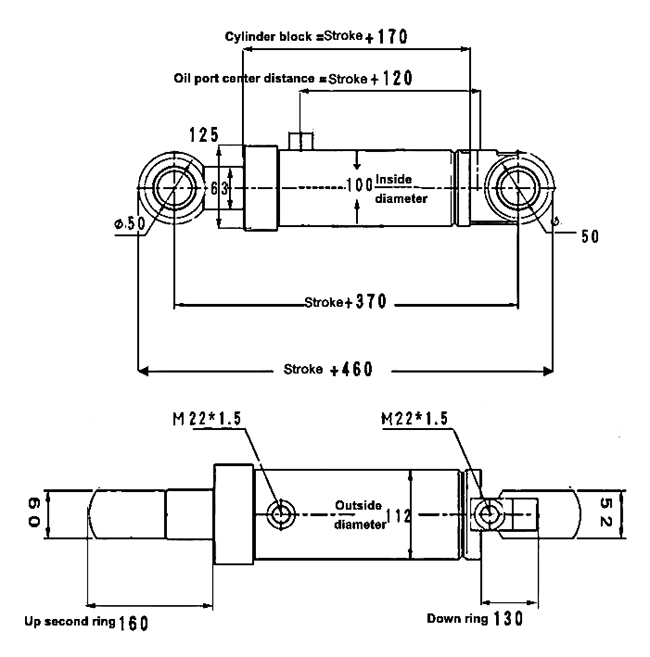
| Model | Inner Diameter | Outer Diameter | Rod Diameter | Stroke | Oil Port | Pin Hole | Installation Distance | Total Length |
| SCJ009756 | 40 | 50 | 25 | 300 | 18*1.5 | 20 | 530 | 580 |
| SOCOJE-HSG50300 | 50 | 60 | 28 | 300 | 18*1.5 | 20 | 540 | 590 |
| SOCOJE-HSG63300 | 63 | 73 | 35 | 300 | 18*1.5 | 30 | 570 | 640 |
| SOCOJE-HSG80300 | 80 | 90 | 50 | 300 | 18*1.5 | 40 | 600 | 680 |
| SOCOJE-HSG100300 | 100 | 112 | 63 | 300 | 22*1.5 | 50 | 670 | 760 |
Tips: Are welded hydraulic cylinders stronger pushing or pulling?
Welded hydraulic cylinders are designed to handle both pushing and pulling forces effectively. The strength of a hydraulic cylinder is determined by its construction, materials, and the welding process. The critical factor in their strength is the quality of the welds. If properly welded, the cylinder's strength in pushing and pulling should be nearly equal, as the internal pressure and external load both act on the cylinder's housing and end caps.
However, in practical applications, pulling forces can sometimes create additional stress due to factors like side loading or misalignment. It's important to ensure that the cylinder is installed and used correctly to prevent any potential issues. Regular maintenance and inspection are crucial to identify and address any signs of wear, fatigue, or damage that may compromise the cylinder's performance. In summary, welded hydraulic cylinders should be strong for both pushing and pulling, but their performance depends on proper construction, materials, and usage.
- Reviews
